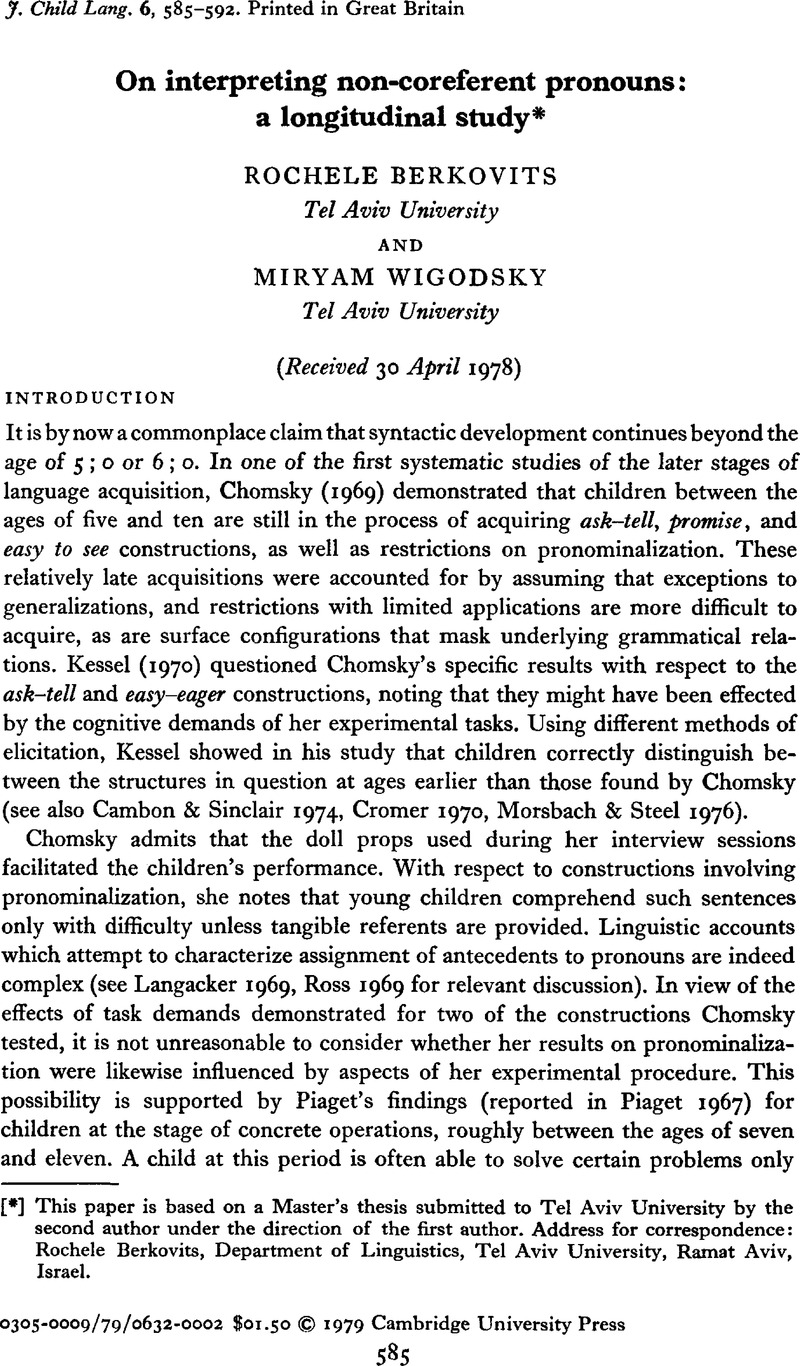Crossref Citations
This article has been cited by the following publications. This list is generated based on data provided by Crossref.
Lopez Ornat, Susana
1992.
Book Reviews : On the Definition of Binding Domains in Spanish: Evidence from Child Language. By José A. Padilla (Dordrecht: Kluwer Academic Publishers, 1990). Pp. xvii + 163. Hardback £45.00. ISBN 0-7923-0744-5.
First Language,
Vol. 12,
Issue. 35,
p.
229.
1996.
The Handbook of Child Language.
p.
691.



